1473
Rare fauna
Literally every week research scientists discover new species of humanity living organisms. We offer you a selection of the most interesting discoveries of the last twenty-five years. These species, appearing almost immediately been made to the list of endangered.
Satanic gecko lives in the virgin forests of Madagascar. It was first described in the 19th century, and from 2004 is considered an endangered species.
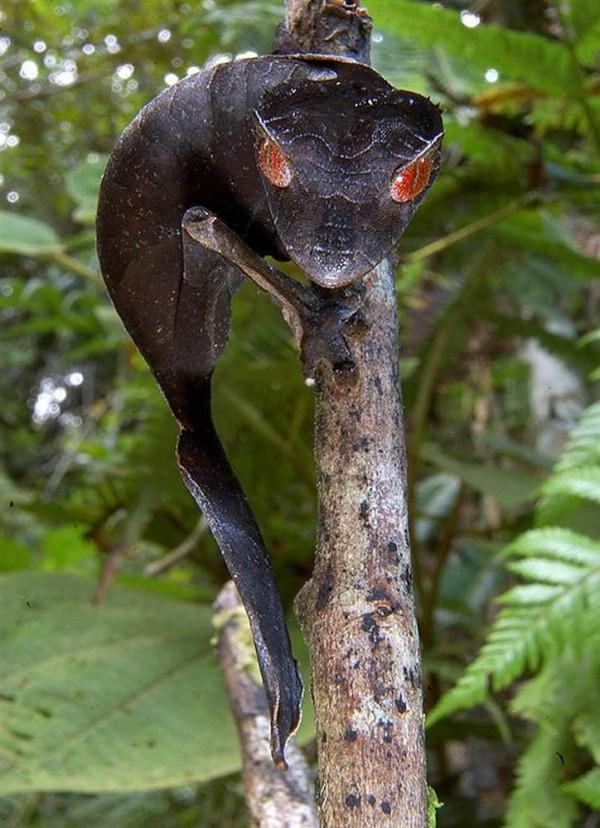
Salamander "Alien" is unique in that it has no lungs and breathes skin. The first is found in the tropical forests of the south of Ecuador two years ago.
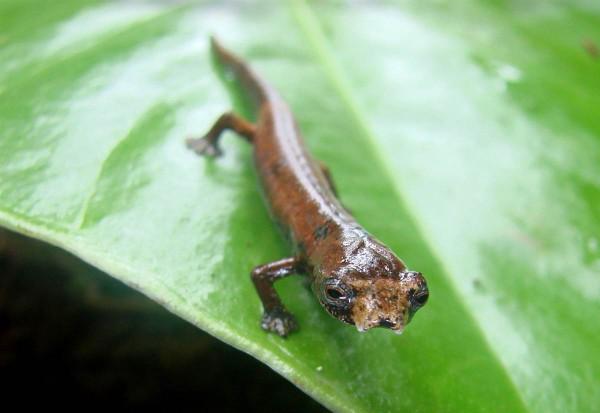
Pinocchio frog was discovered in the mountains of Foggia quite the case. Paul Oliver, along with the expedition was in the foothills of New Guinea, and suddenly saw a strange frog sitting on a bag of rice. Nose male frog hangs down, but as soon as he begins to captivate the female - the increases and rises upwards. But again, it's just about nose :)

There, in the mountains Foggia lives smoky medosos, first discovered in 2005, the year. The bird original orange circles around the eyes and matching earrings underneath.
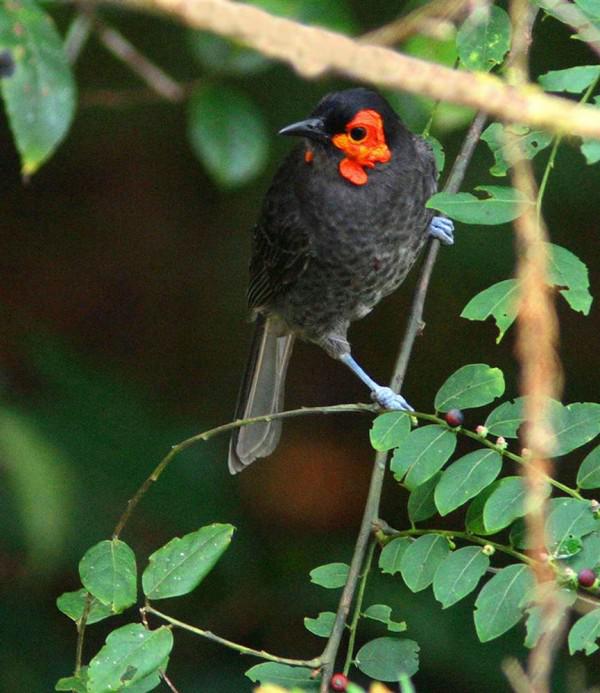
Large tree frog lives on the shores of mountain rivers of Papua - New Guinea. It was first discovered in the year 2008. Tadpoles of this species have enormous mouths, like suckers, which allows them to look for food in the river stones.
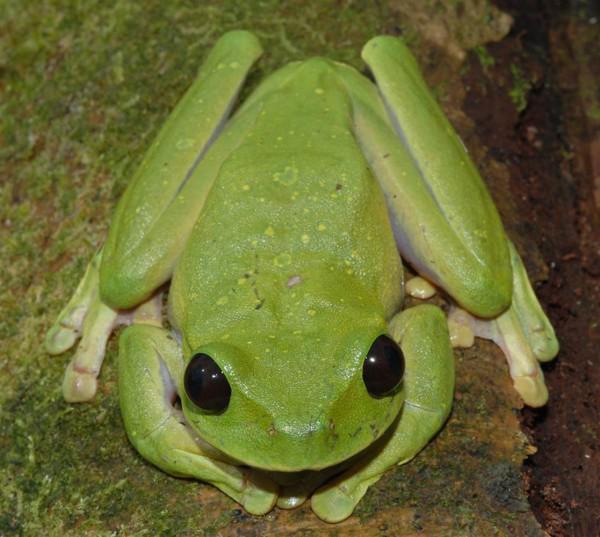
Chinchilla tree rat known to science for four years. It lives in the mountains of Peru. For the first time this impressive size rodent discovered near the ruins of the ancient city of Machu Picchu. Size roughly equivalent to a normal rat cat.
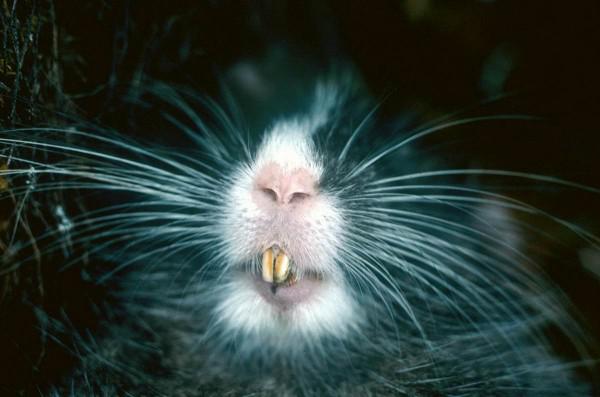
Procellariiform fruit bat has been known for a relatively long time and lived in the forests of Papua New Guinea. However, only two years ago to get her to describe.
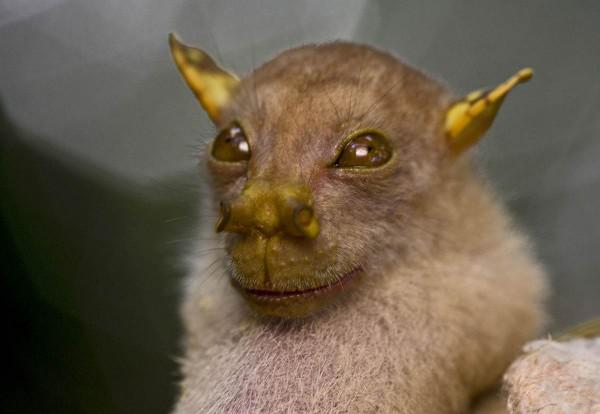
Weaver Gola lives in the tropics of Central and South-Eastern Africa. The expedition found him in Equatorial Guinea.
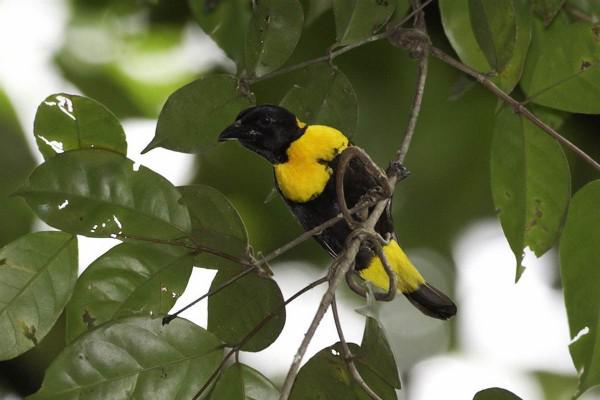
Walking shark, at first glance, has a very good and innocent look. Odaka no wonder she still shark. For the first time seen in Indonesia in 2006, the year. Shark swim, but she prefers to walk on their fins. It feeds on crabs, clams and small fish.
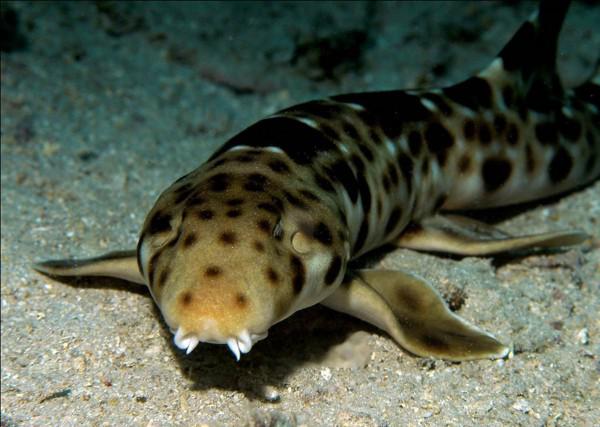
Here and in the same year opened a new species - fish lighthouse. The feature is also associated with the opposite sex :) In order to attract the attention of the female, the male periodically glows in the dark.

In Suriname, the South American catfish is found with a sucker-mouth. Such prisosetsya if - any period of not unhook.
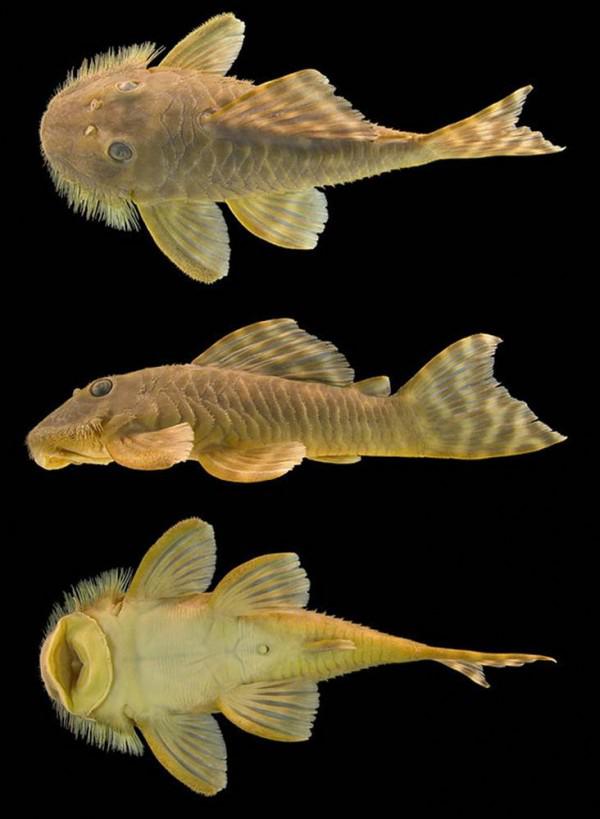
Guyanese grasshopper Peacock never runs, if there is a real danger. It is enough to pretend to be a dry leaf or imitate if he - bird's head.
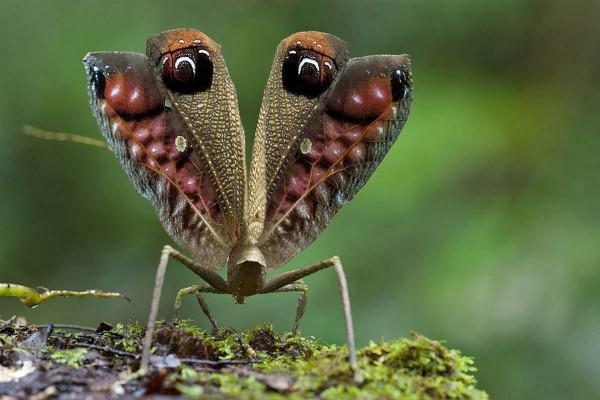
Another grasshopper, a native of Guyana, always hiding the back of the sheet, allowing you to easily produce their own food, surprised by the sudden attack and feel safe.
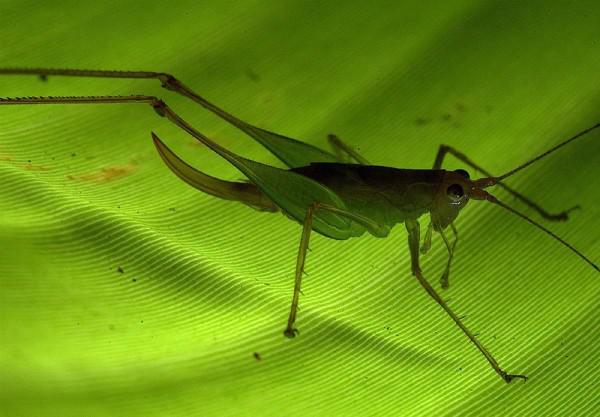
Amazing colors of dragonfly on Rlatycypha eliseva live in Congo. However, females are not as colorful outfits.
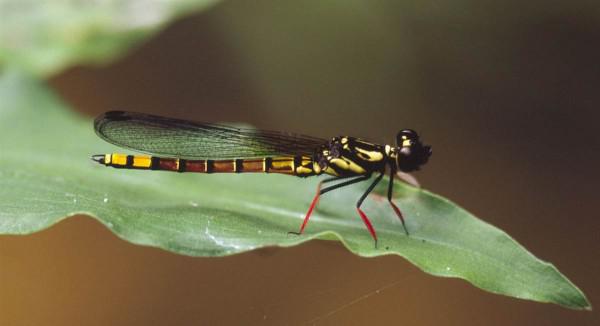
These beetles with colorful coloring, in fact, feed on dung and excrement fruit flying mice. Kind of a rare. Researchers have found them only in one cave on the island of New Guinea.
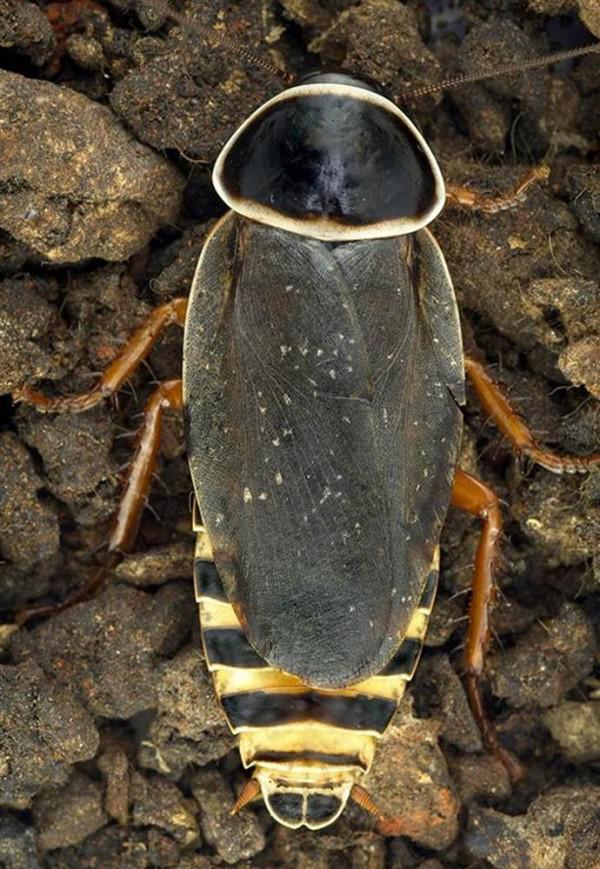
Ant-hook come from Cambodia. Its size does not exceed a height of half a centimeter.

Ant-Tiger, despite its name, just two millimeters in height. But it is also a reaction to a predator and grip available.
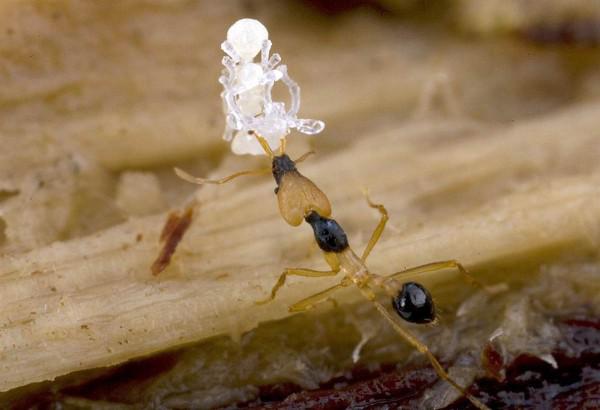
Emperor scorpion about 20 centimeters in length. First discovered in Ghana five years ago. However, its venom is not too dangerous to others.

Tarantulas Guyana can weigh up to 170 grams. But the prefix "tarantula" - just a word and nothing else. The main diet of the spider are invertebrates.
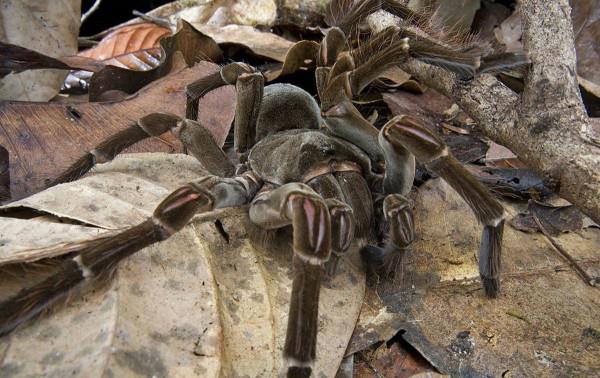
Spider-dinosaur quite original breeds. In males, "those same" authorities with their feet. Type of lives in Ghana. At the same time like a spider and a crab.
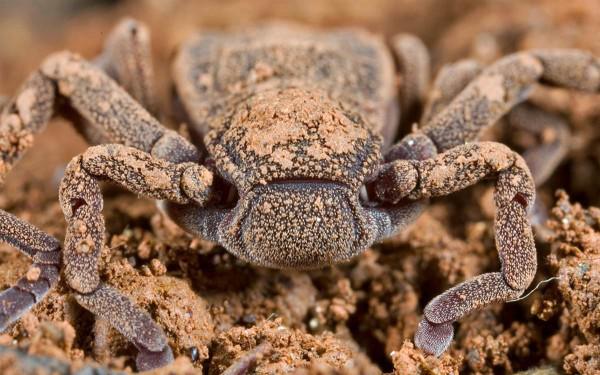
Satanic gecko lives in the virgin forests of Madagascar. It was first described in the 19th century, and from 2004 is considered an endangered species.

Salamander "Alien" is unique in that it has no lungs and breathes skin. The first is found in the tropical forests of the south of Ecuador two years ago.

Pinocchio frog was discovered in the mountains of Foggia quite the case. Paul Oliver, along with the expedition was in the foothills of New Guinea, and suddenly saw a strange frog sitting on a bag of rice. Nose male frog hangs down, but as soon as he begins to captivate the female - the increases and rises upwards. But again, it's just about nose :)

There, in the mountains Foggia lives smoky medosos, first discovered in 2005, the year. The bird original orange circles around the eyes and matching earrings underneath.

Large tree frog lives on the shores of mountain rivers of Papua - New Guinea. It was first discovered in the year 2008. Tadpoles of this species have enormous mouths, like suckers, which allows them to look for food in the river stones.

Chinchilla tree rat known to science for four years. It lives in the mountains of Peru. For the first time this impressive size rodent discovered near the ruins of the ancient city of Machu Picchu. Size roughly equivalent to a normal rat cat.

Procellariiform fruit bat has been known for a relatively long time and lived in the forests of Papua New Guinea. However, only two years ago to get her to describe.

Weaver Gola lives in the tropics of Central and South-Eastern Africa. The expedition found him in Equatorial Guinea.

Walking shark, at first glance, has a very good and innocent look. Odaka no wonder she still shark. For the first time seen in Indonesia in 2006, the year. Shark swim, but she prefers to walk on their fins. It feeds on crabs, clams and small fish.

Here and in the same year opened a new species - fish lighthouse. The feature is also associated with the opposite sex :) In order to attract the attention of the female, the male periodically glows in the dark.

In Suriname, the South American catfish is found with a sucker-mouth. Such prisosetsya if - any period of not unhook.

Guyanese grasshopper Peacock never runs, if there is a real danger. It is enough to pretend to be a dry leaf or imitate if he - bird's head.

Another grasshopper, a native of Guyana, always hiding the back of the sheet, allowing you to easily produce their own food, surprised by the sudden attack and feel safe.

Amazing colors of dragonfly on Rlatycypha eliseva live in Congo. However, females are not as colorful outfits.

These beetles with colorful coloring, in fact, feed on dung and excrement fruit flying mice. Kind of a rare. Researchers have found them only in one cave on the island of New Guinea.

Ant-hook come from Cambodia. Its size does not exceed a height of half a centimeter.

Ant-Tiger, despite its name, just two millimeters in height. But it is also a reaction to a predator and grip available.

Emperor scorpion about 20 centimeters in length. First discovered in Ghana five years ago. However, its venom is not too dangerous to others.

Tarantulas Guyana can weigh up to 170 grams. But the prefix "tarantula" - just a word and nothing else. The main diet of the spider are invertebrates.

Spider-dinosaur quite original breeds. In males, "those same" authorities with their feet. Type of lives in Ghana. At the same time like a spider and a crab.

























